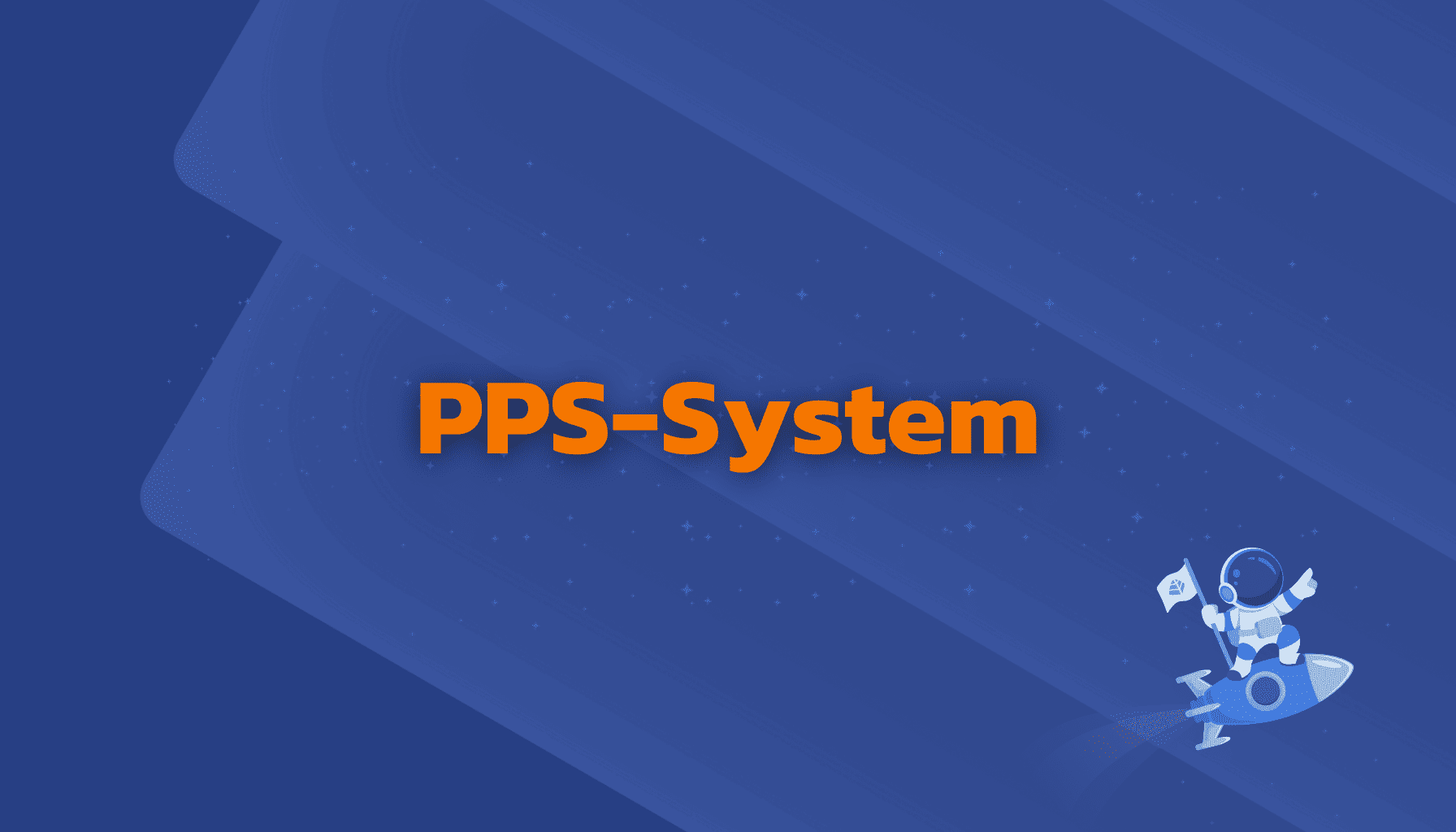Process Improvement

What is Process Improvement?
Process improvement is a systematic approach to continuously enhancing organizational processes. This comprehensive guide explores how businesses can analyze existing workflows and implement targeted optimization measures to boost efficiency, quality, and cost-effectiveness, ultimately leading to improved customer satisfaction and overall business performance.
Key Methods and Tools in Process Improvement
Organizations employ various specialized methods and tools tailored to their specific needs and processes. The most prominent approaches include:
- Lean Manufacturing: This methodology focuses on eliminating waste and optimizing process quality. It emphasizes delivering customer value while reducing unnecessary costs through streamlined operations.
- Six Sigma: A data-driven process optimization method aimed at minimizing process variations and achieving superior quality standards. This approach combines various analytical tools and problem-solving techniques.
- PDCA Cycle (Plan-Do-Check-Act): A continuous improvement framework divided into four phases - Planning, Implementation, Verification, and Action - designed to optimize processes through regular cyclical improvements.
Benefits of Process Improvement
Implementing process improvements delivers significant advantages:
- Enhanced Efficiency: Strategic process optimization leads to faster, more cost-effective operations.
- Superior Quality: Refined processes contribute to higher quality standards and reduced error rates.
- Customer Satisfaction: Improved process quality and efficiency result in better products and services, leading to more satisfied customers.
- Competitive Edge: Organizations committed to continuous process optimization maintain stronger market positions.
Process Improvement in Practice
Process improvement is integral to modern business operations, often implemented by cross-functional teams bringing diverse optimization perspectives. Development teams frequently collaborate with other departments to examine and refine specific product ideas and processes. While implementing such improvements can be challenging, successful implementation depends on effective coordination across all departments and teams.
Strategic Goals of Process Improvement
The primary objective of process improvement is creating streamlined, efficient processes aligned with both customer and organizational needs. This approach aims to enhance quality and efficiency while embedding continuous improvement principles throughout business operations. Process optimization provides organizations with a foundation for sustainable competitive advantage and adaptability to evolving market demands.





